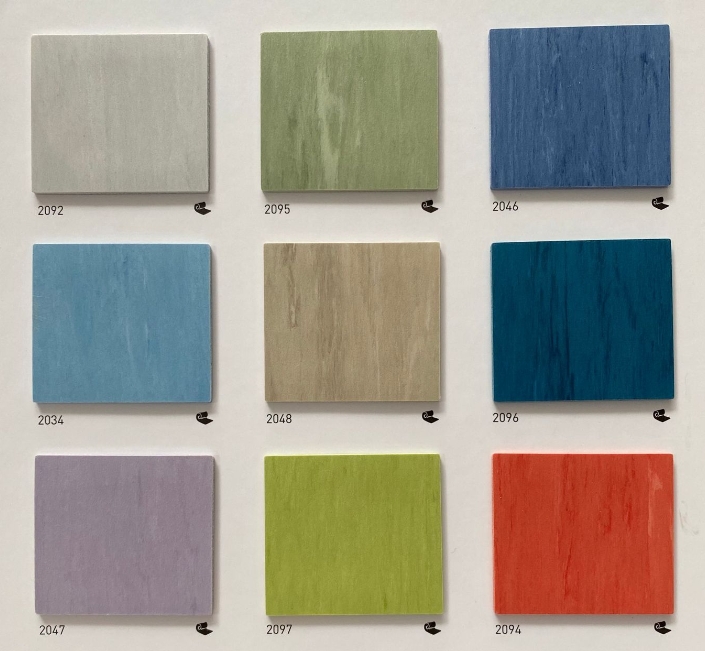Table of Contents
When it comes to creating a safe, efficient, and long-lasting laboratory environment, one often overlooked aspect is the flooring. Choosing the right laboratory flooring is crucial for maintaining safety standards, ensuring durability, and supporting the specific functions of your lab. This comprehensive guide will walk you through the essential factors to consider when selecting the best flooring for your laboratory needs.
Understanding the Importance of Proper Laboratory Flooring
The right flooring in a laboratory setting goes beyond mere aesthetics. It plays a vital role in:
- Ensuring safety for personnel
- Protecting expensive equipment
- Maintaining a sterile environment
- Withstanding chemical spills and heavy loads
- Complying with industry regulations
Key Factors to Consider When Choosing Laboratory Flooring
Safety First: Anti-Slip Properties
One of the most critical features of laboratory flooring is its ability to prevent slips and falls. Anti-slip flooring is essential in labs where spills are common or where water is frequently present. Look for flooring options with the following characteristics:
- Textured surfaces for increased traction
- Certified slip resistance ratings
- Ability to maintain anti-slip properties even when wet
Durability: Withstanding the Rigors of Lab Work
Labs are high-traffic areas that often involve heavy equipment and exposure to chemicals. Durable lab surfaces are crucial for long-term performance. Consider these factors:
- Resistance to chemicals, acids, and solvents
- Ability to withstand heavy loads without cracking or denting
- Easy to clean and maintain without degrading over time
Chemical Resistance: Protection Against Spills and Stains
- Flooring materials rated for chemical resistance
- Non-porous surfaces that prevent absorption of spilled liquids
- Stain-resistant properties for easy cleanup
Cleanability and Hygiene
Maintaining a sterile environment is crucial in many laboratory settings. Your flooring should support this goal by being:
- Easy to clean and disinfect
- Resistant to bacterial and fungal growth
- Seamless or with minimal joints to prevent dirt accumulation
Static Control: Essential for Sensitive Equipment
In labs with sensitive electronic equipment or where static discharge could be dangerous, consider:
- Anti-static or static dissipative flooring options
- Flooring that meets ESD (Electrostatic Discharge) standards
Comfort and Noise Reduction
For labs where personnel spend long hours standing, consider flooring that offers:
- Ergonomic support to reduce fatigue
- Sound-dampening properties to create a quieter work environment
Popular Laboratory Flooring Options
Epoxy Flooring: Offers excellent chemical resistance and durability. It can be customized with anti-slip additives and is seamless, making it easy to clean.
Vinyl Flooring: Provides good chemical resistance and comfort underfoot. Available in sheets or tiles, with options for heat-welded seams for better hygiene.
Rubber Flooring: Offers excellent slip resistance and ergonomic support. It’s also good for noise reduction but may have limited chemical resistance.
Polished Concrete: Extremely durable and can be treated for chemical resistance. However, it may require additional treatments for slip resistance.
Resin Flooring: Highly customizable with excellent chemical resistance and durability. Can be formulated to meet specific lab requirements.
Making Your Decision: A Step-by-Step Approach
Assess Your Lab’s Specific Needs: Consider the types of work performed, chemicals used, and equipment present.
Prioritize Safety Features: Ensure that anti-slip flooring is a top consideration, especially in wet areas.
Evaluate Durability Requirements: Choose durable lab surfaces that can withstand your lab’s specific challenges.
Consider Maintenance and Longevity: Factor in long-term costs, including cleaning and potential replacement.
Check Compliance: Ensure your chosen flooring meets all relevant industry standards and regulations.
Consult with Experts: Speak with flooring specialists who have experience in laboratory installations.
Request Samples: Test flooring samples in your lab environment before making a final decision.
Conclusion
Selecting the right laboratory flooring is a critical decision that impacts safety, efficiency, and the longevity of your lab. By carefully considering factors such as slip resistance, durability, chemical resistance, and specific lab requirements, you can choose flooring that not only meets your immediate needs but also supports your lab’s long-term success.
Remember, the best laboratory flooring is one that seamlessly integrates with your work processes, enhances safety, and stands up to the unique challenges of your specific laboratory environment. Take the time to research and consult with experts to ensure you make the best choice for your facility.




